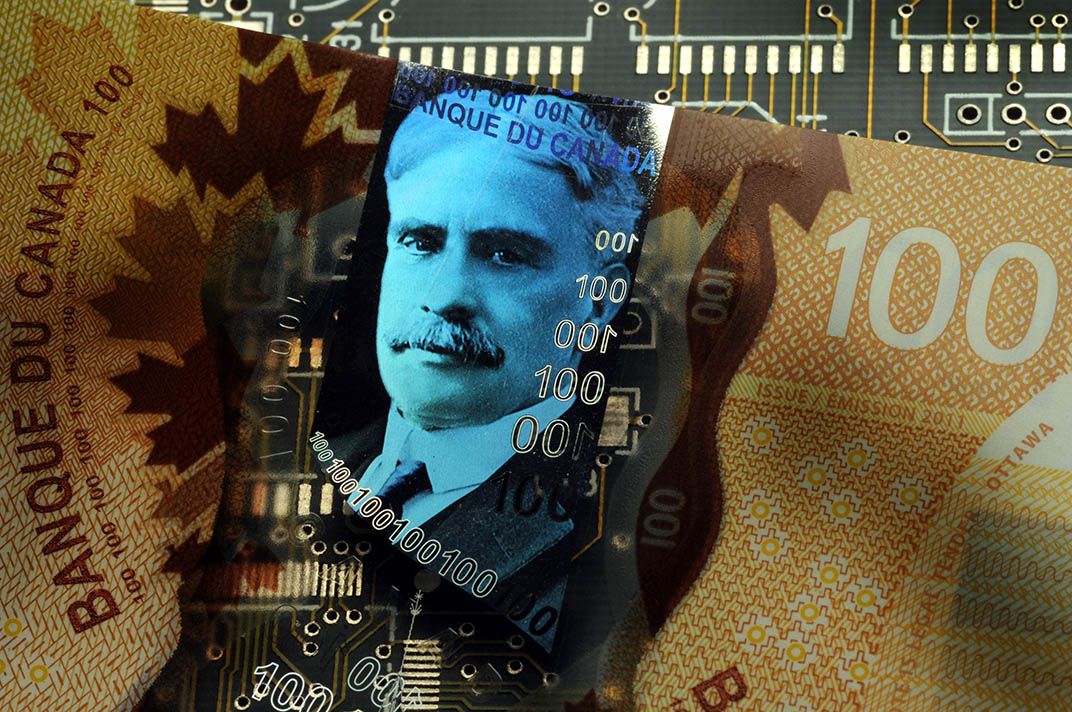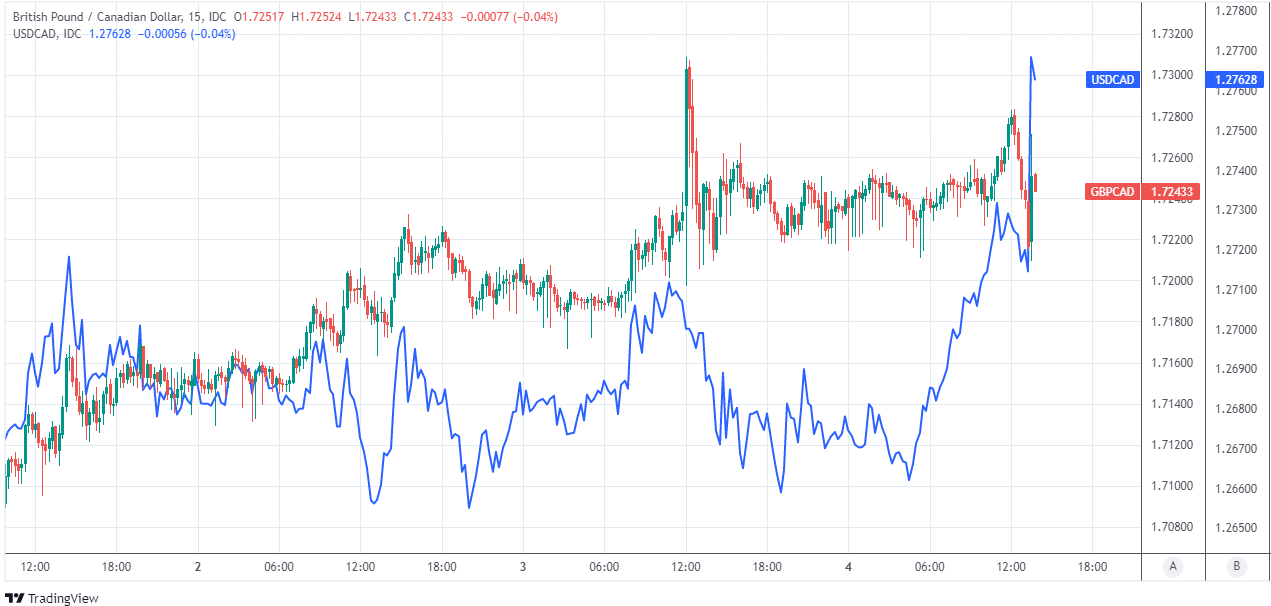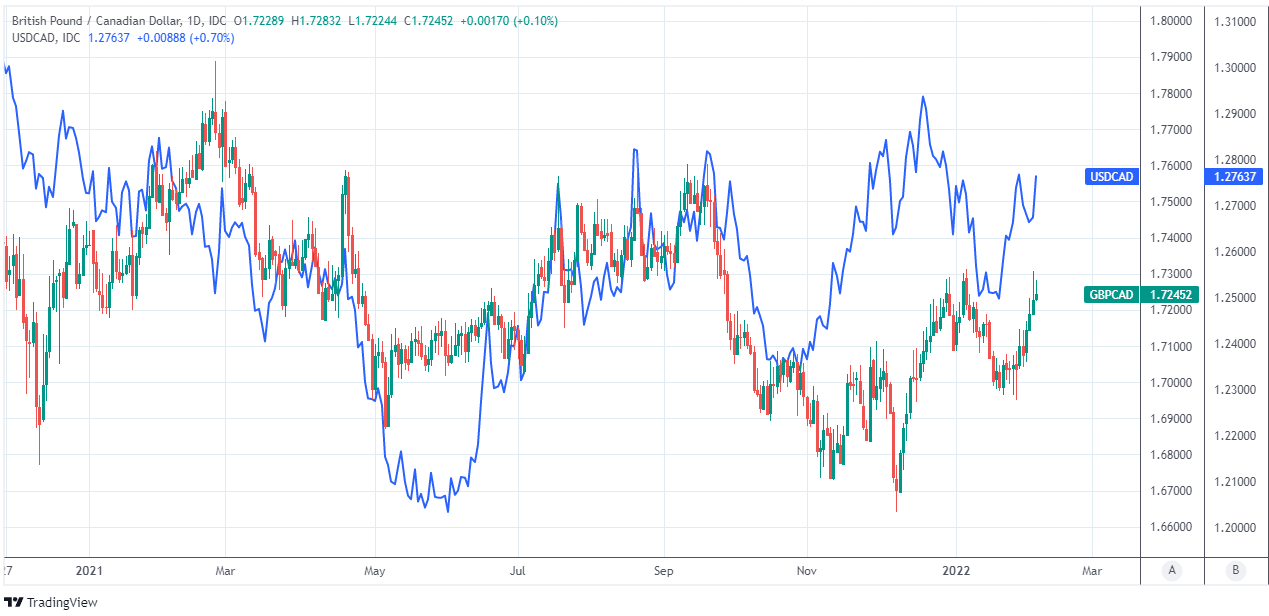Canadian Dollar Softens after January Jobs Upset
- Written by: James Skinner
- CAD softens as job market gains pared back
- January’s contraction erases Dec & Nov gains
- USD/CAD, GBP/CAD edge higher in response
- Job market rally a key pillar of BoC’s outlook

Image © Adobe Stock
The Canadian Dollar softened in the final session of the week after Statistics Canada figures showed the labour market handing back two months of hard won gains in January in a development that potentially reduces pressure for the Bank of Canada (BoC) to raise interest rates.
Canada’s labour market shed some 200k jobs during the opening month of the year, which is equivalent to some one percent of the workforce, while the official unemployment rate leapt from an upwardly-revised 6% to some 6.5%.
Economists had widely expected some give-back in January due to a blistering pace of growth in prior months and after restrictions on business activities and social contact were reimposed in many Canadian provinces late in 2021 and early on this year.
However, consensus among economists and expectations in financial markets were for a lesser -121.5k decline in the jobs number and smaller increase in the unemployment rate, which had been seen as likely to come in around 6.3%.
“While today's weak jobs report shouldn't prevent the Bank of Canada initiating a first hike at the March meeting, if the employment rebound upon reopening is for some reason slower than after previous waves that would impact the pace of interest rate increases thereafter,” warns Andrew Grantham, an economist at CIBC Capital Markets.
Above: Pound to Canadian Dollar rate shown at 15-minute intervals alongside USD/CAD.
- Reference rates at publication:
GBP to CAD spot: 1.7270 - High street bank rates (indicative): 1.6666 - 1.6787
- Payment specialist rates (indicative: 1.7116 - 1.7185
- Find out about specialist rates and service, here
- Set up an exchange rate alert, here
Canada’s labour market had strengthened rapidly and significantly during the final quarter of last year, leading to a strong pick up in household earnings growth and prompting the Bank of Canada (BoC) to grow concerned that recent increases in overall inflation could be prolonged at levels far above its targeted rate in the absence of a series of interest rate hikes later this year.
“As the pandemic fades, conditions will normalize, and inflation will come down. However, with Canadian labour markets tightening and evidence of capacity pressures increasing, the Governing Council expects higher interest rates will be needed to bring inflation back to the 2% target,” BoC Governor Tiff Macklem told parliament’s Standing Senate Committee on Banking, Trade and Commerce on Wednesday this week.
While one solitary job report doesn’t by any means make for a trend, Friday’s data was never likely to help the Canadian Dollar, which softened against the U.S. Dollar, Pound and a range of other currencies following Statistics Canada’s announcement.
Should January’s deterioration mark the beginning of a broader trend then it could be the case that financial markets would have to revise down their expectations for the BoC’s interest rate later this year, which would be very likely to weigh - potentially quite heavily - on Canadian exchange rates.
{wbamp-hide start}
{wbamp-hide end}{wbamp-show start}{wbamp-show end}
“While likely to keep CAD weak in the crosses, it must be acknowledged that the Bank of Canada was likely aware of the lockdown-induced slack in January when it signalled it would start hiking in March, and we doubt that today’s numbers will dent the prospect of six rate hikes by the end of 2022, which is currently what markets are pricing in,” says Francesco Pesole, a strategist at ING.
“USD/CAD should remain within the 1.26-1.27 range in the near run, but we expect the BoC tightening to offer some tailwind to CAD in the remainder of the year and we target sub-1.25 levels already in 2Q,” Pesole and colleagues told clients on Friday.
The Canadian Dollar slipped against many currencies as the January month gave way to February after the BoC eschewed an opportunity to begin lifting its interest rate in favour of providing advanced notice to businesses and households of an impending reversal of its coronavirus-inspired reductions to the cash rate, which was cut from 1.75% to its current historic low of 0.25% in March 2020.
“Our approach to monetary policy throughout the pandemic has been deliberate, and we were mindful that Omicron will dampen spending in the first quarter. So we decided to keep our policy rate unchanged last week, remove our commitment to hold it at its floor, and signal that rates can be expected to increase going forward. The timing and pace of those increases will be guided by the Bank’s commitment to achieving the 2% inflation target,” Governor Macklem and colleague Senior Deputy Governor Carolyn Rogers told parliament on Wednesday.
Above: Pound to Canadian Dollar rate shown at daily intervals alongside USD/CAD.







